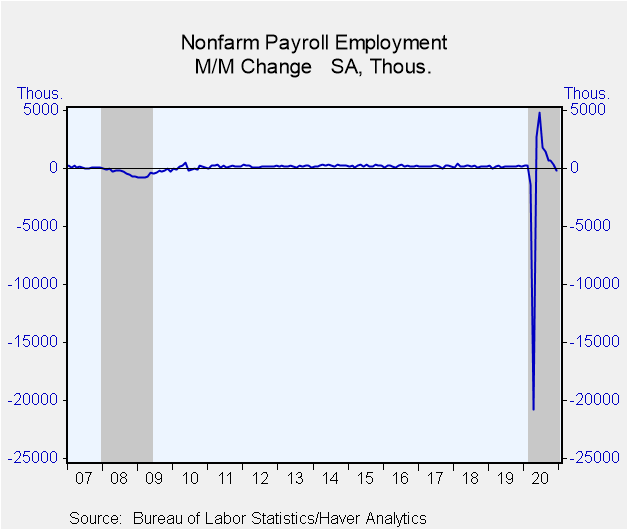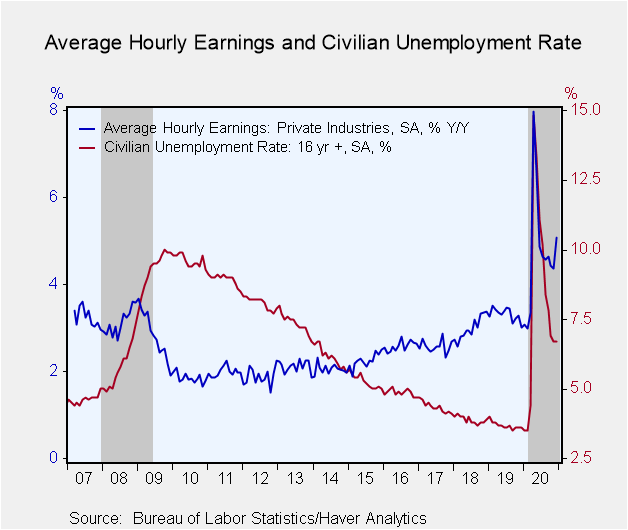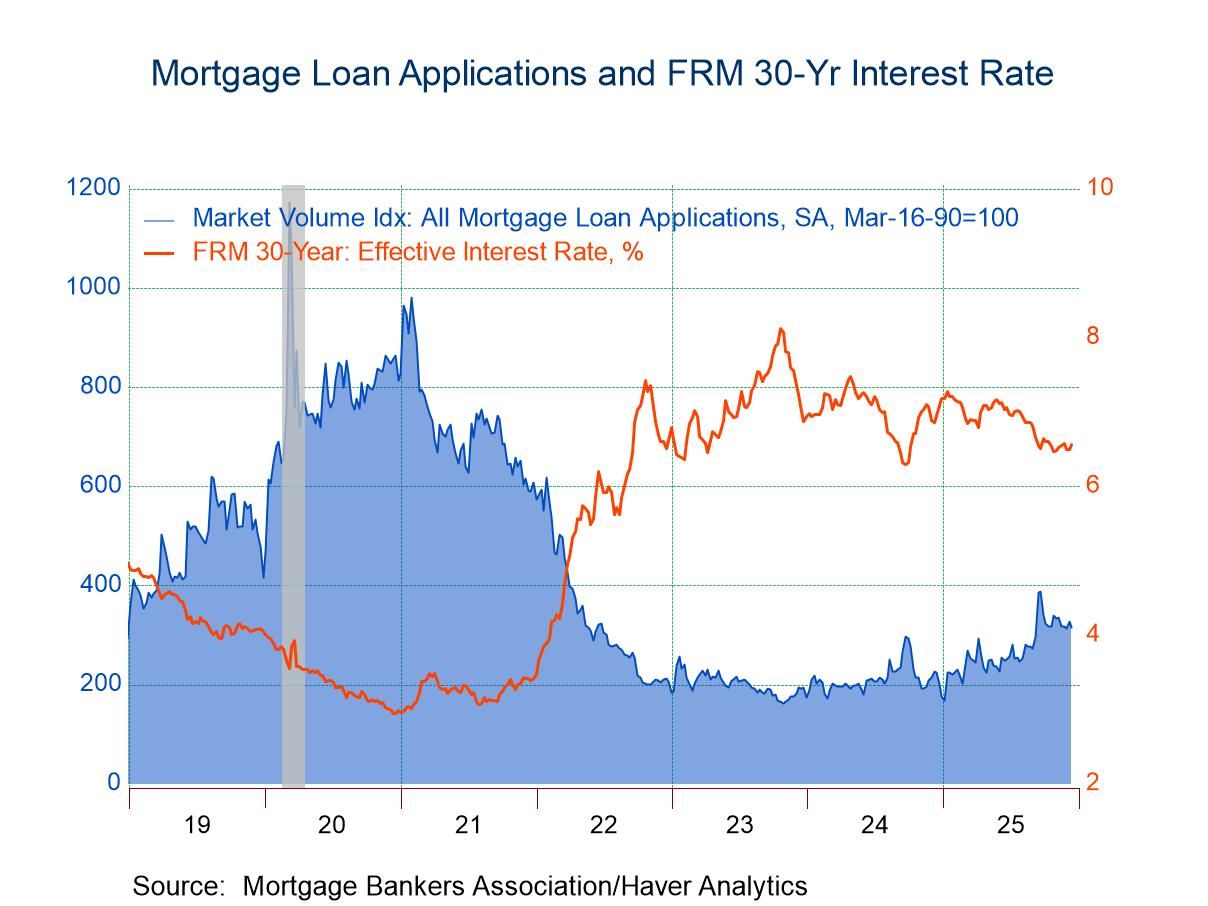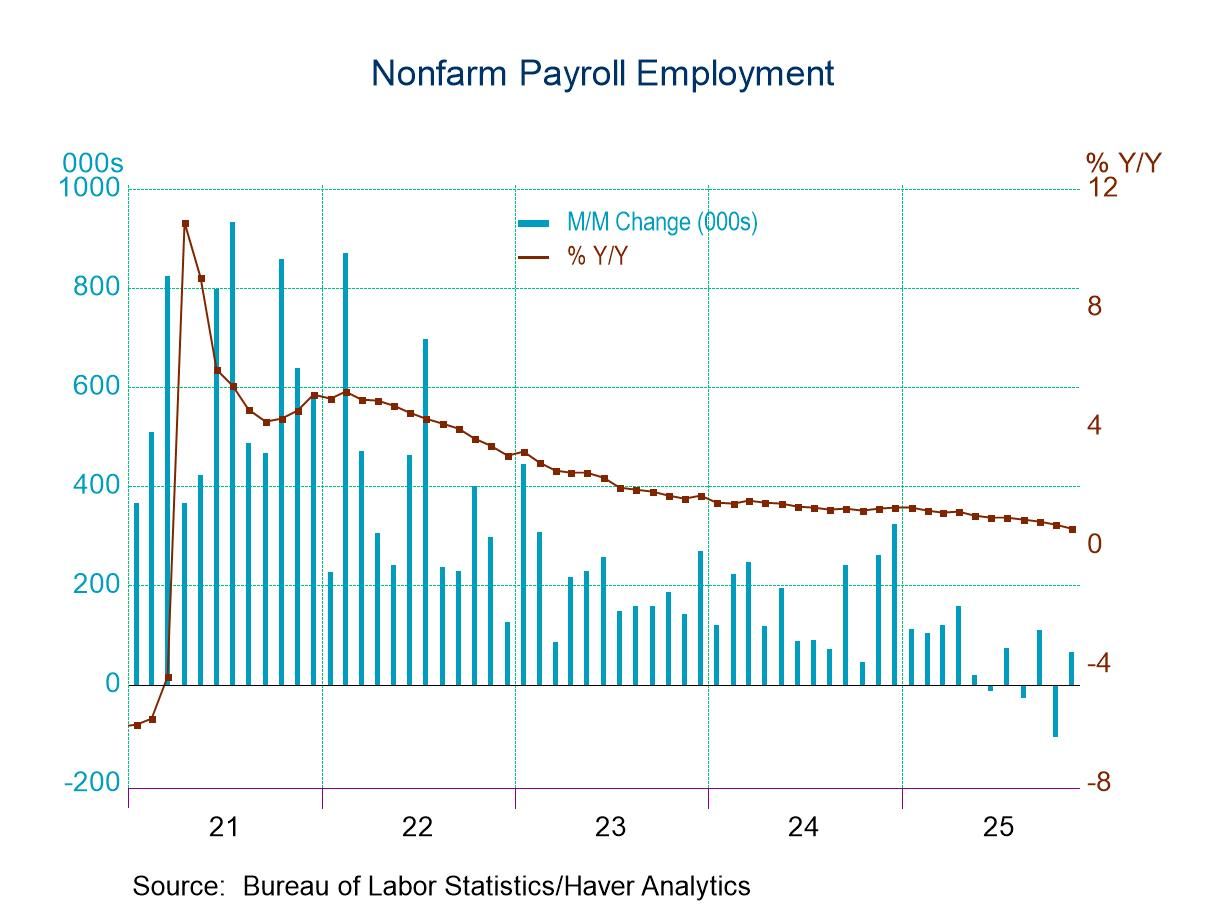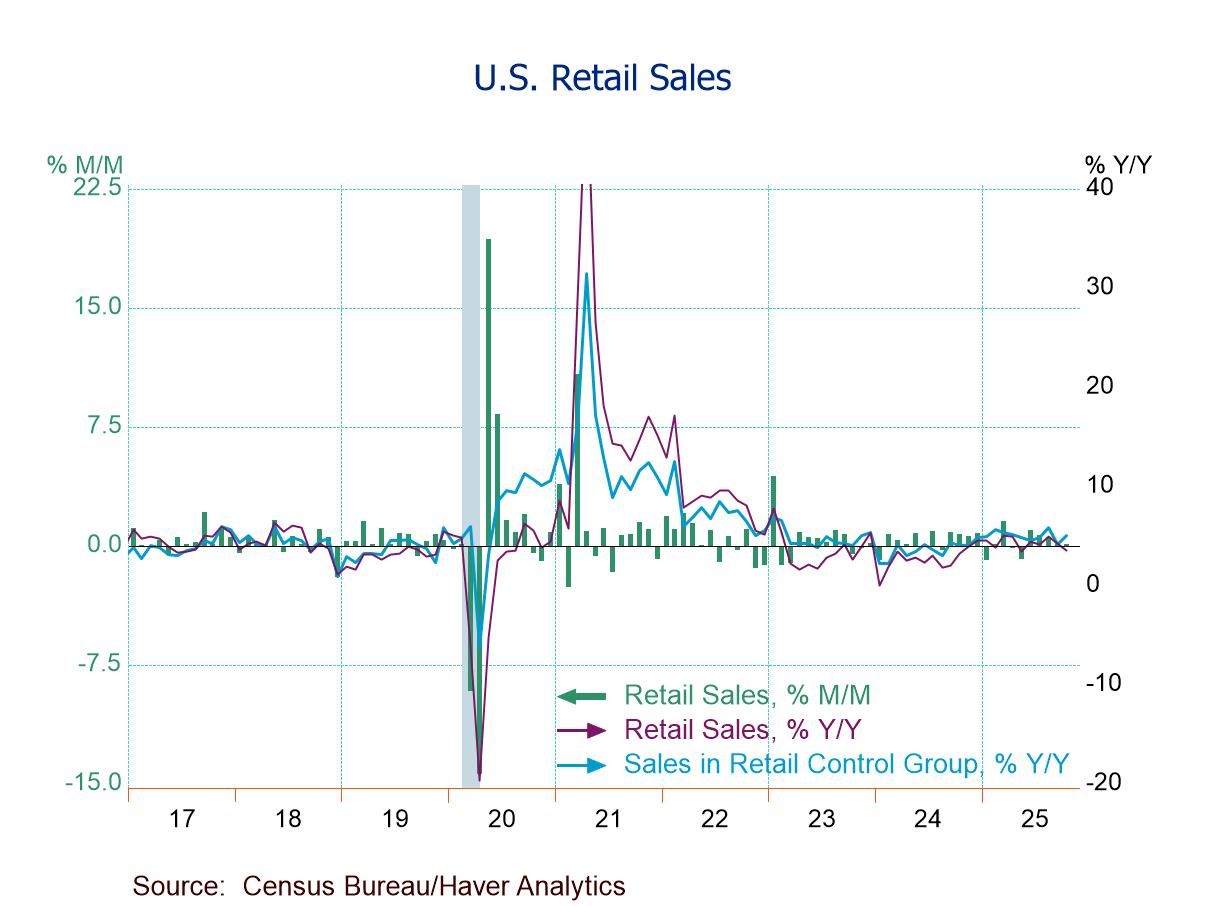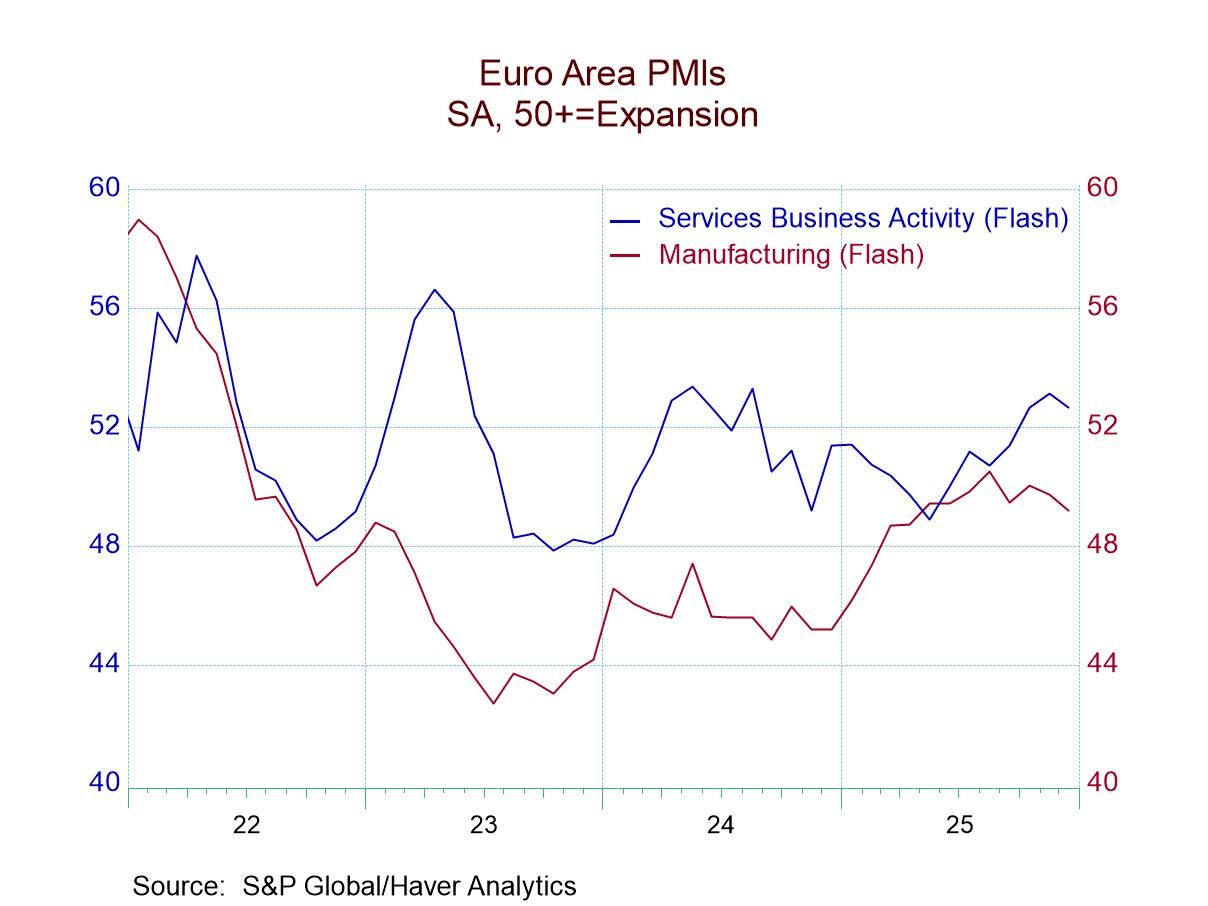 Global| Jan 08 2021
Global| Jan 08 2021U.S. Payrolls Fall Unexpectedly in December
by:Tom Moeller
|in:Economy in Brief
Summary
• Coronavirus restrictions, business shutdowns & severe weather cause decline. • Earnings growth accelerates. • Jobless rate holds steady at lowest level since March. The recovery in the labor market came to an abrupt end in December. [...]
• Coronavirus restrictions, business shutdowns & severe weather cause decline.
• Earnings growth accelerates.
• Jobless rate holds steady at lowest level since March.
The recovery in the labor market came to an abrupt end in December. Nonfarm payroll employment declined 140,000 during December following a 336,000 November gain, revised from 245,000. It was the first decline since April. A 66,000 employment increase had been expected in the Action Economics Forecast Survey. The estimates amongst 22 forecasters had ranged from 345,000 to -150,000. September's 654,000 increase in payrolls was revised from 610,000. From December-to-December, nonfarm payrolls declined 6.0% compared to a 1.4% twelve month rise in 2019.
Average hourly earnings surged 0.8% (5.1% y/y) last month following an unrevised 0.3% November rise and two months of 0.1% gain before that. It was the largest increase since April. A 0.4% rise in earnings had been expected.
The unemployment rate held steady at an expected 6.7% during December. Employment in the household survey rose 21,000 (-5.6% y/y) after increasing 140,000 in November while the labor force rose 31,000 (-2.4% y/y) after falling 182,000 in November. The overall jobless rate, including those who were marginally attached or working part-time for economic reasons, slipped to 11.7% from 12.0%, its lowest point since March.
The employment & earnings data are collected from surveys taken each month during the week containing the 12th of the month. The labor market data are contained in Haver's USECON database. Detailed figures are in the EMPL and LABOR databases. The expectations figures are in the AS1REPNA database.
| Employment (SA, M/M Change, 000s) | Dec | Nov | Oct | Dec Y/Y | 2020 | 2019 | 2018 |
|---|---|---|---|---|---|---|---|
| Payroll Employment | -140 | 336 | 654 | -6.0% | -5.8 | 1.4% | 1.6% |
| Previous Estimate | -- | 245 | 610 | -- | -- | -- | -- |
| Manufacturing | 38 | 35 | 43 | -4.2 | -4.6 | 1.2 | 2.0 |
| Construction | 51 | 29 | 72 | -1.7 | -2.9 | 2.8 | 4.6 |
| Private Service-Producing | -188 | 350 | 808 | -6.6 | -6.6 | 1.4 | 1.5 |
| Government | -45 | -81 | -271 | -5.5 | -3.3 | 0.6 | 0.5 |
| Average Weekly Hours - Private Sector | 34.7 | 34.8 | 34.8 | 34.3 | 34.6 | 34.4 | 34.5 |
| Private Sector Average Hourly Earnings (%) | 0.8 | 0.3 | 0.1 | 5.1 | 4.7 | 3.3 | 3.0 |
| Unemployment Rate (%) | 6.7 | 6.7 | 6.9 | 3.6 | 8.1 | 3.7 | 3.9 |
Tom Moeller
AuthorMore in Author Profile »Prior to joining Haver Analytics in 2000, Mr. Moeller worked as the Economist at Chancellor Capital Management from 1985 to 1999. There, he developed comprehensive economic forecasts and interpreted economic data for equity and fixed income portfolio managers. Also at Chancellor, Mr. Moeller worked as an equity analyst and was responsible for researching and rating companies in the economically sensitive automobile and housing industries for investment in Chancellor’s equity portfolio. Prior to joining Chancellor, Mr. Moeller was an Economist at Citibank from 1979 to 1984. He also analyzed pricing behavior in the metals industry for the Council on Wage and Price Stability in Washington, D.C. In 1999, Mr. Moeller received the award for most accurate forecast from the Forecasters' Club of New York. From 1990 to 1992 he was President of the New York Association for Business Economists. Mr. Moeller earned an M.B.A. in Finance from Fordham University, where he graduated in 1987. He holds a Bachelor of Arts in Economics from George Washington University.


